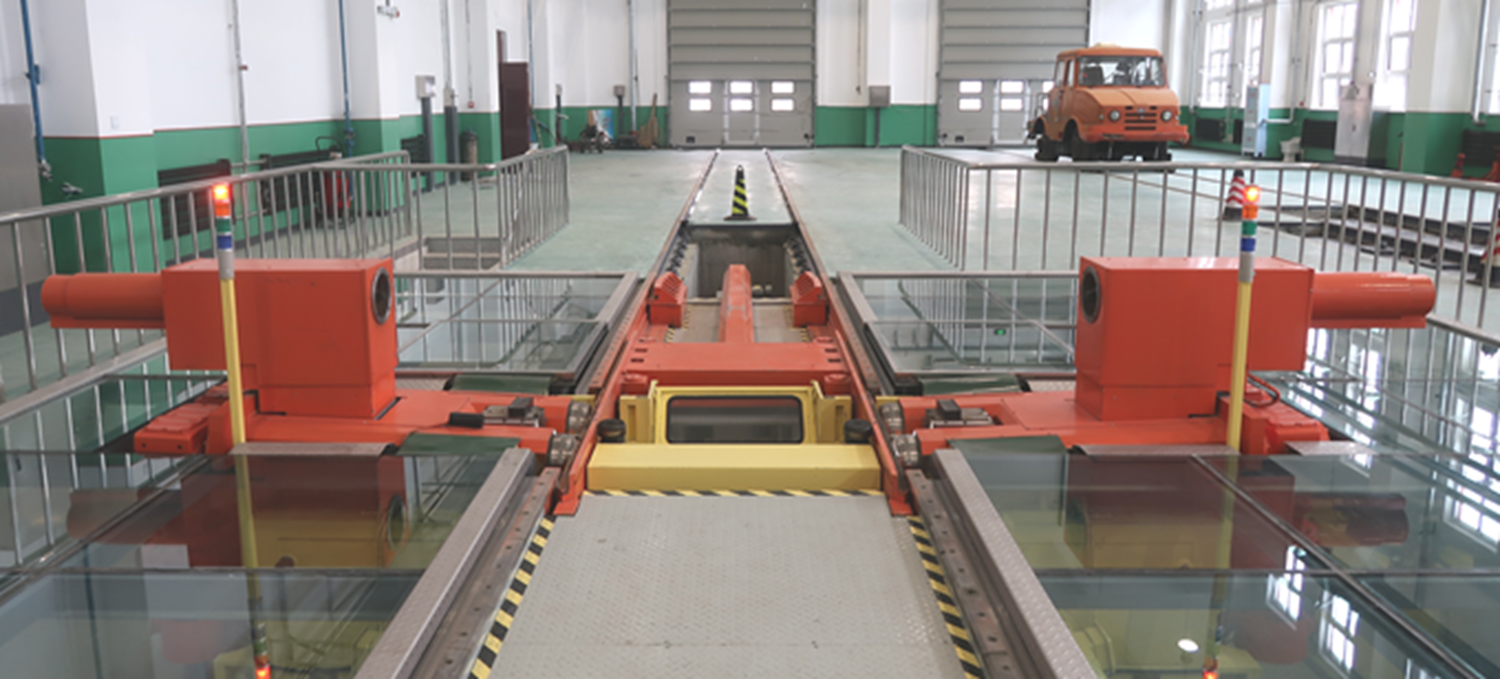How Tamping Machines Enhance Railway Safety and Track Longevity
Railways are an important means of transportation, and infrastructure in general, and the proper construction and quality of the rails in particular play a special role. A Tamping Machine has great importance in this process as it is used to keep up the geometry and stability of the track. We are one of the players in the railway maintenance equipment market that offers machines and in this article, the role of these machines in railway safety and track durability will be discussed. What is a Tamping Machine? It is defined as a piece of equipment that is employed in the adjustment of the rail gauge as well as the stabilization of railway lines. It loads the ballast – the small stones and gravel underneath the railway ties so that the tracks are level and well-fixed. Other measures in the process include the removal of the track and compacting of the ballast layer to minimize voids beneath the rails. Tamping is important to avoid rail gauge distortion which results in safety concerns a...
